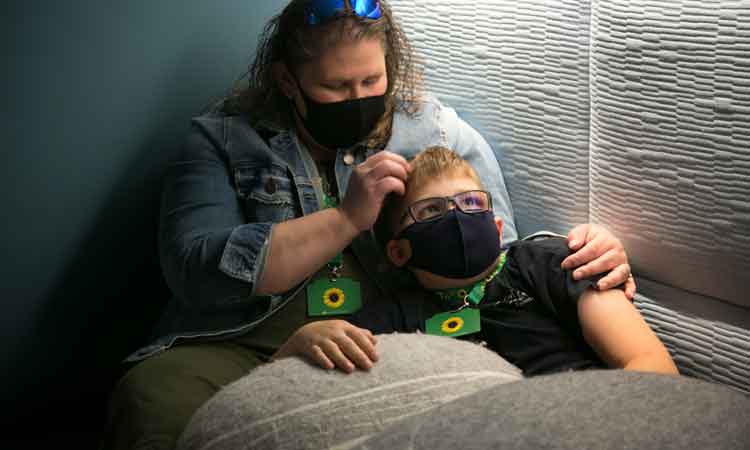Removing barriers to airport accessibility: Achieving greater inclusion for persons with disabilities
11 July 2022
Shares
Nathalie Herbelles, Senior Director, Security and Facilitation at ACI World, speaks to International Airport Review about why removing barriers to an air travel experience for all is not only the right thing to do – it also makes business sense.


Any one of us can expect to spend an average of eight years living with a disability. While definitions vary, according to the United Nations (UN), persons with disabilities include those who have long-term physical, mental, intellectual, or sensory impairments which, in interaction with various barriers, may hinder their full and effective participation in society on an equal basis with others.
This means that disability is created by the barriers that limit a persons’ equal participation in society. These barriers can be physical – as they often are in the case of transportation and buildings – but they can also be social, including negative attitudes and biases.
Identifying and removing the barriers that prevent persons with disabilities from travelling by air is the right thing to do, but it also makes business sense. Persons with disabilities have tremendous spending power – this is known in the UK as the ‘purple pound’.
Open Doors Organization (ODO), a disability group, estimates that in 2018 and 2019, nearly 15 million people with disabilities took 29.6 million trips by air in the U.S., generating $11 billion in spending, up from $9 billion in 2015. Other studies point to a $180 billion market for travel globally.
It also makes business sense for airports to foster inclusion and accessibility for their employees. In many parts of the world, the job market is currently one of high demand and low supply. Airports are struggling to bring staff back to the workplace. In this environment, organisations should be active in providing the right conditions to attract a wide and diverse pool of talent. An Airports Council International (ACI) whitepaper to be published later this year (2022) will examine the effects of the ‘Great Resignation’ on airport employment and provide recommendations to address short-term challenges, while planning for the future.
In 2019, ACI’s highest body, the World Annual General Assembly, adopted a milestone resolution which affirms the commitment of airports worldwide to continuously strive for excellence in customer service and experience including accessibility for passengers with disabilities.


Seattle-Tacoma International Airport’s Sensory Room is a calming place to take a break for travelers who may feel overstimulated or overwhelmed.
ACI’s accessibility strategy
At ACI, our accessibility strategy is acting on two main levels: first, by making sure the regulatory framework is sound; second, by helping our members share and adopt best practices, and recognising leaders.
First, on the regulatory side, we work closely with the International Civil Aviation Organization (ICAO), the UN organisation specialising in aviation, to enhance the global regulatory framework. A set of common standards and recommended practices related to accessibility already exists in ICAO’s Facilitation Annex, called Annex 9.
ACI is also working with partners from member states and industry observers to propose the adoption, later this year, of the first ever ICAO Assembly Resolution recognising the importance of accessibility in international civil aviation.
The second, industry-facing level of our strategy, aims to help our members share and adopt best practices – while recognising leaders. The ACI Handbook on ‘Airports and Persons with Disabilities’ looks at infrastructure elements, such as the provision of barrier-free access points, ramps, and tactile paving, but it also considers operational components such as boarding and disembarkation processes for persons with mobility aids, personnel training and awareness, and evacuation plans.















